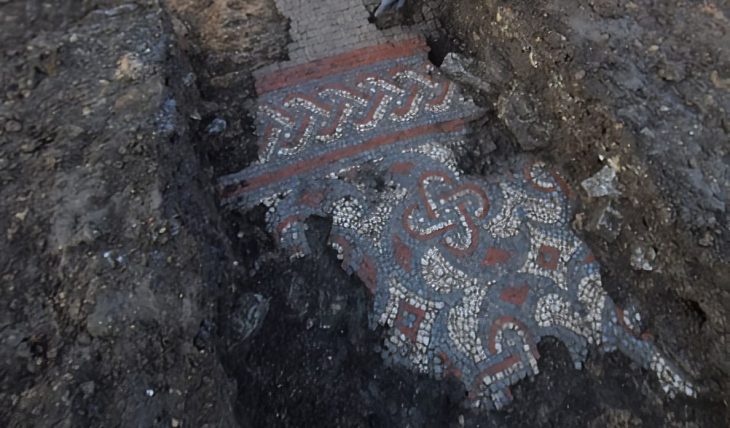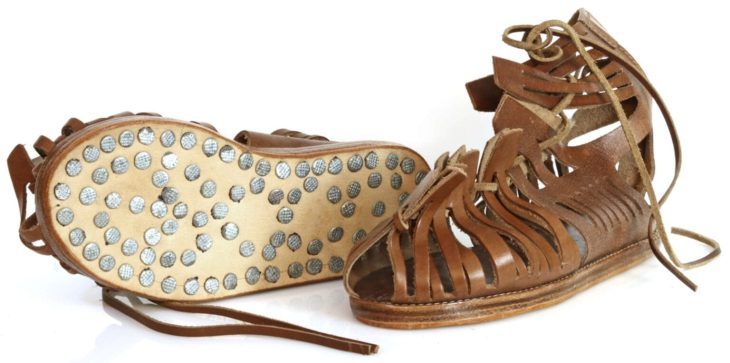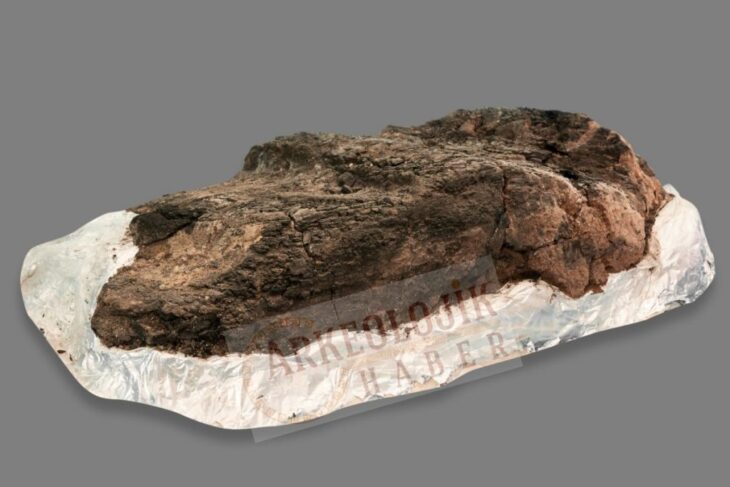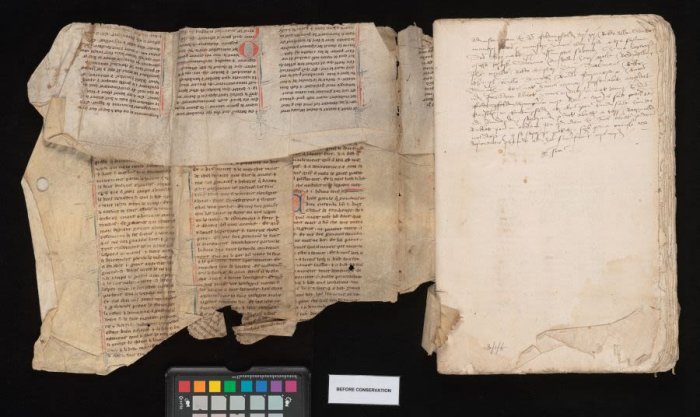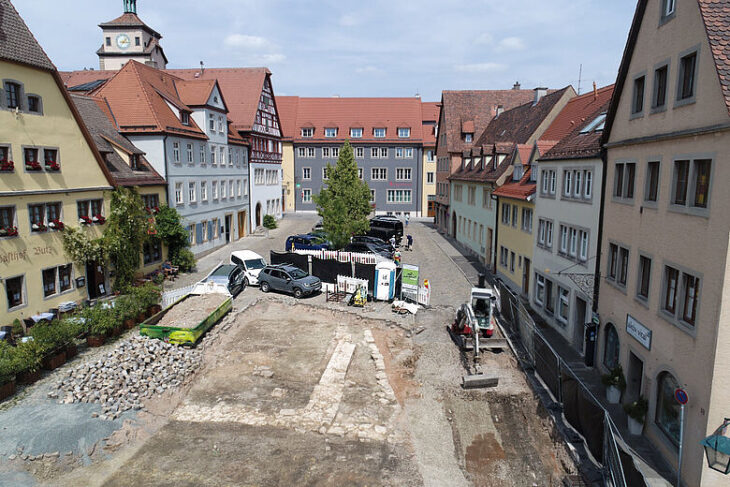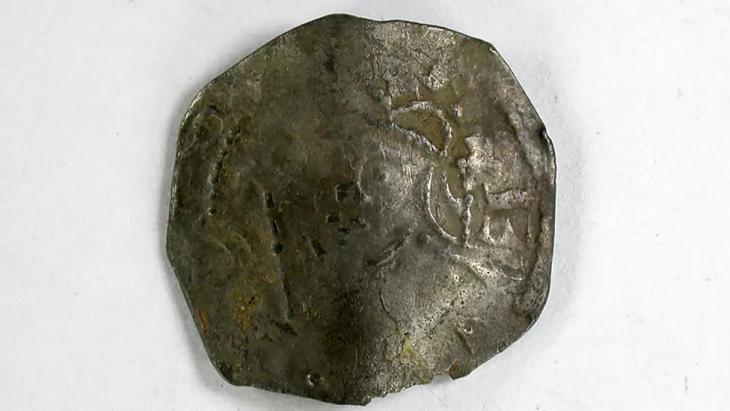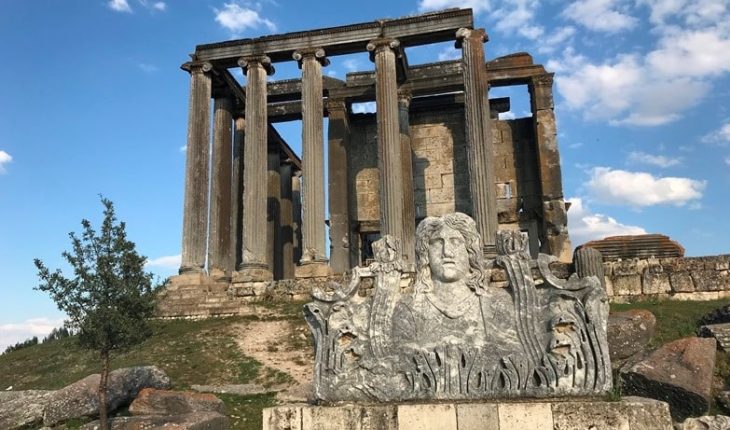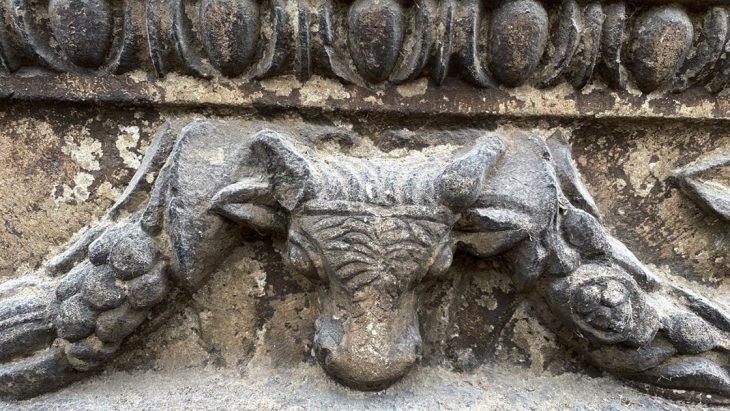The ancient Egyptians were keen observers of the night sky. They incorporated their astronomical observations into their religion, mythology, and timekeeping (they created concepts like 365-day years and 24-hour days).
Ancient Egyptians were known for their astronomical knowledge of the Sun, Moon, and planets, but up until now, it has been unclear what role the Milky Way played in Egyptian religion and culture.
Recently Dr Or Graur from the University of Portsmouth discovered some tantalizing clues that suggest a possible link between an ancient Egyptian goddess and our home galaxy.
A new study sheds light on the relationship between the Milky Way and the Egyptian sky-goddess Nut. The paper draws on ancient Egyptian texts and simulations to argue that the Milky Way might have shone a spotlight, as it were, on Nut’s role as the sky. It proposes that in winter, the Milky Way highlighted Nut’s outstretched arms, while in summer, it traced her backbone across the heavens.
Nut is goddess of the sky, who is often depicted as a star-studded woman arched over her brother, the earth god Geb. She protects the earth from being flooded by the encroaching waters of the void, and plays a key role in the solar cycle, swallowing the Sun as it sets at dusk and giving birth to it once more as it rises at dawn.
📣 Our WhatsApp channel is now LIVE! Stay up-to-date with the latest news and updates, just click here to follow us on WhatsApp and never miss a thing!!
One beguiling suggestion is that the Milky Way was a celestial manifestation of the sky goddess Nut (pronounced not). Dr Graur drew from a rich collection of ancient sources including the Pyramid Texts, Coffin Texts, and the Book of Nut, and compared them alongside sophisticated simulations of the Egyptian night sky.
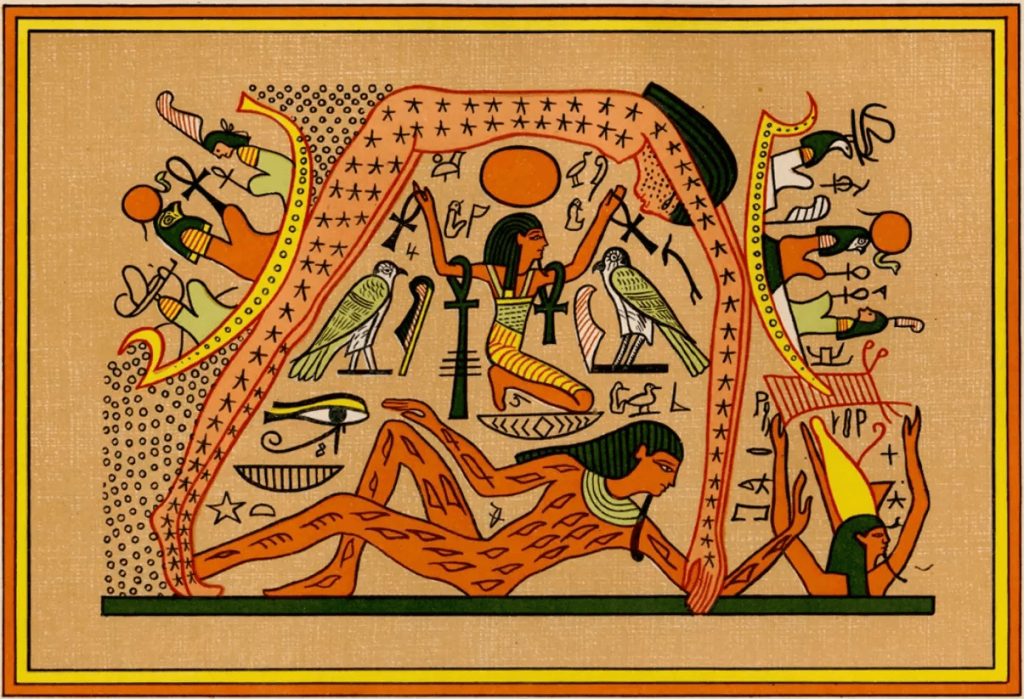
He found compelling evidence that the Milky Way highlighted Nut’s divine presence.
Furthermore, Dr Graur connected Egyptian beliefs with those of other cultures, showing similarities in how different societies interpret the Milky Way.
He said: “My study also shows that Nut’s role in the transition of the deceased to the afterlife and her connection to the annual bird migration is consistent with how other cultures understand the Milky Way. For example, as a spirits’ road among different peoples in North and Central America or as the Birds’ Path in Finland and the Baltics.
“My research shows how combining disciplines can offer new insights into ancient beliefs, and it highlights how astronomy connects humanity across cultures, geography, and time. This paper is an exciting start to a larger project to catalog and study the multicultural mythology of the Milky Way.”
The paper was published in the Journal of Astronomical History and Heritage and featured in Scientific American.
Cover Photo: This illustration shows the Milky Way, our home galaxy. NASA/JPL-Caltech


